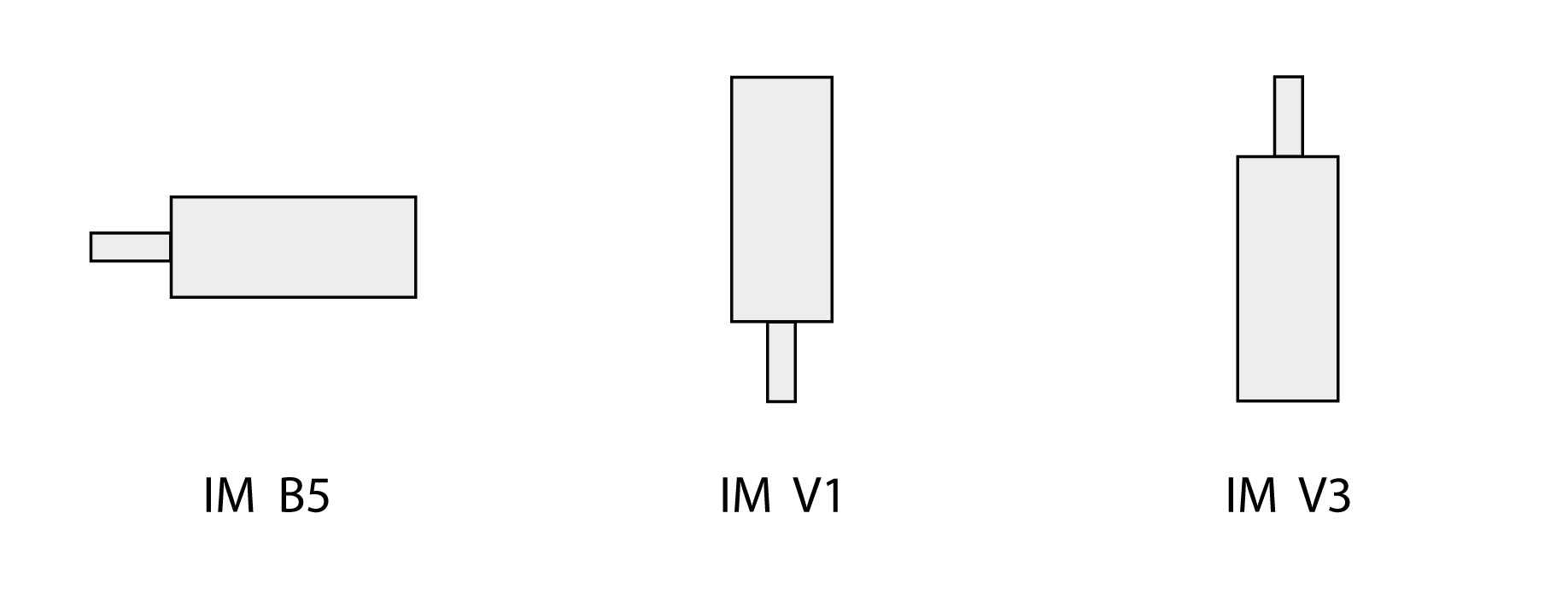Electrostatic discharge to the shaft may cause incorrect operation of the encoder system and result in unanticipated motor movements and damage to the bearing.
|
|
|
UNINTENDED MOVEMENT CAUSED BY ELECTROSTATIC DISCHARGE |
|
Use conductive components such as antistatic belts or other suitable measures to avoid static charge by motion. |
|
Failure to follow these instructions can result in death, serious injury, or equipment damage. |
If the permissible environmental conditions are not respected, external substances from the environment may penetrate the product and cause unintended movement or equipment damage.
|
|
|
UNINTENDED MOVEMENT |
|
oVerify that the environmental conditions are respected. oDo not allow seals to run dry. oKeep liquids from getting to the shaft bushing oDo not expose the shaft sealing rings and cable entries of the motor to the direct spray of a pressure washer. |
|
Failure to follow these instructions can result in death, serious injury, or equipment damage. |
The metal surfaces of the product may exceed 70 °C (158 °F) during operation.
|
|
|
HOT SURFACES |
|
oAvoid unprotected contact with hot surfaces. oDo not allow flammable or heat-sensitive parts in the immediate vicinity of hot surfaces. oVerify that the heat dissipation is sufficient by performing a test run under maximum load conditions. |
|
Failure to follow these instructions can result in death, serious injury, or equipment damage. |
The following mounting positions are defined and permissible as per IEC 60034-7:

When the motor is mounted to the mounting surface, it must be accurately aligned axially and radially and make even contact with the mounting surface. All mounting screws must be tightened with the specified tightening torque. No uneven mechanical load must be applied when the mounting screws are tightened. See chapter Technical Data for data, dimensions and degrees of protection (IP).
Output components such as pulleys and couplings must be mounted with suitable equipment and tools. Motor and output component must be accurately aligned both axially and radially. If the motor and the output component are not accurately aligned, this will cause runout and premature wear.
The maximum axial and radial forces acting on the shaft must not exceed the maximum shaft load values specified, see chapter Shaft-specific Data.
If the maximum permissible forces at the motor shaft are exceeded, this will result in premature wear of the bearing or shaft breakage.
|
|
|
UNINTENDED EQUIPMENT OPERATION DUE TO MECHANICAL DAMAGE TO THE MOTOR |
|
oDo not exceed the maximum permissible axial and radial forces at the motor shaft. oProtect the motor shaft from impact. oDo not exceed the maximum permissible axial force when pressing components onto the motor shaft. |
|
Failure to follow these instructions can result in death, serious injury, or equipment damage. |